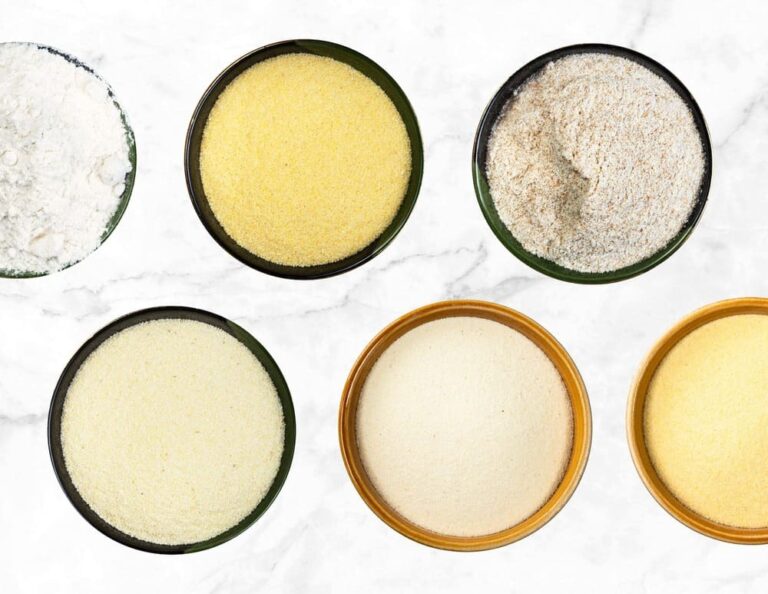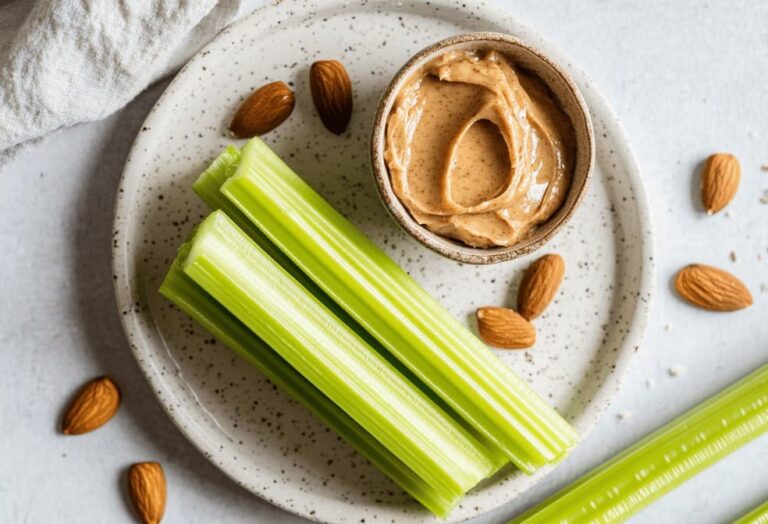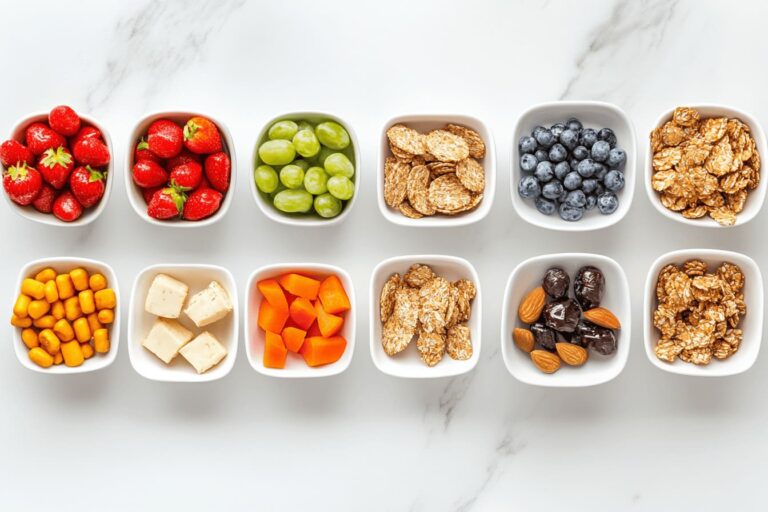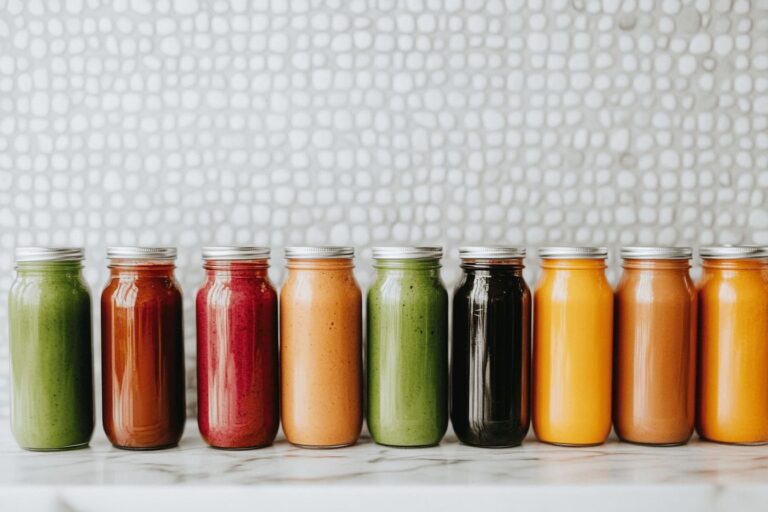30 Powerful Drinks to INCREASE Breast Milk Supply (+ 5 Drinks to AVOID)
This post may contain affiliate links. That means if you click and buy, I may receive a small commission (at zero cost to you). Please see my full disclosure policy for more details.
Looking for drinks to increase breast milk? These lactation-boosting drinks can help, from instantly ready homemade recipes to convenient store-bought options.

One of the biggest worries for breastfeeding moms is making enough milk. Myself included!
You’re nursing, pumping, eating all the right foods—but your supply still seems low. Sound familiar?
While no drink alone can magically boost milk production—and it won’t help at all if you aren’t nursing or pumping regularly—some moms find certain ingredients actually work in their breastfeeding journey.
Hydration, key nutrients, and traditional milk-boosting herbs may make a difference, and there’s no harm in trying!
From hydration heroes like coconut water to supercharged lactation smoothies, let’s dive into the 30 best drinks to increase breast milk while also keeping you energized.
Related: 20 Store-Bought Snacks for Breastfeeding (with brand pros and cons plus a detailed macro comparison)
Before You Try These Drinks…
As a mom of two little girls, I’ve been through the ups and downs of breastfeeding—nursing both for a little over a year.
If there’s one thing I’ve learned, it’s that low milk supply isn’t always JUST a food or drink issue. Sometimes, a simple non-diet tweak can make all the difference!
Before reaching for drinks to increase breast milk, I highly recommend consulting a lactation counselor to address your root causes.
Your lactation counselor may suggest a few things to try first:
- More Skin-to-Skin Contact – Holding your baby close helps stimulate oxytocin, a key hormone for milk production.
- Frequent Nursing or Pumping – Milk supply works on demand; the more you remove, the more your body makes. Consider pumping every 2 hours.
- Using the Right Breast Pump – A poorly fitted or weak pump can affect output. Try different flange sizes or hospital-grade pumps if needed.
- Power Pumping – Mimicking cluster feeding by pumping in short bursts can help boost supply within a few days.
- Ensuring a Deep Latch – A shallow latch can lead to ineffective milk removal, signaling your body to produce less.
- Hand Expressing After Pumping/Nursing – This can help fully empty the breast and increase production over time.
- Getting Enough Rest & Managing Stress – Lack of sleep and high stress can affect milk supply by disrupting hormones.
In the beginning, when I needed to increase my supply, I nursed my baby on demand and pumped right after each feeding session to fully empty my breasts.
I easily drank 3L of water daily and snacked constantly (yet barely gained weight because the calorie burn was massive).
Even at night, I made sure to pump every 2-3 hours.
It was exhausting, but there were no shortcuts!
Supply and Demand
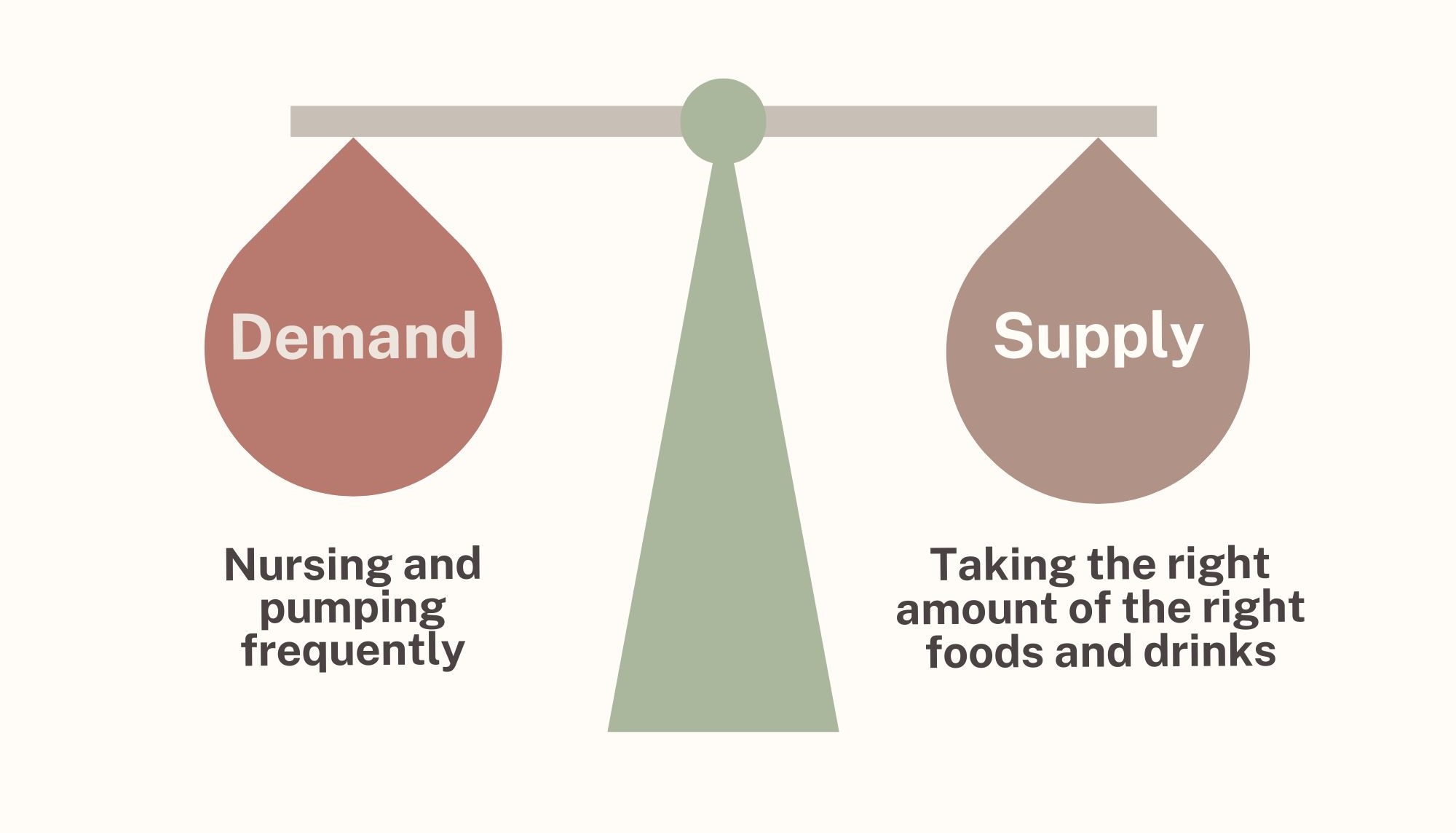
Milk supply is all about supply and demand.
Eating the right foods and drinks to increase breast milk supply helps on the supply side, while nursing or pumping keeps up the demand.
If milk isn’t being removed regularly, your body won’t get the signal to make more—no matter what you eat or drink.
It’s all about balancing both!
What Are Galactagogues?
If you’re already nursing or pumping consistently, galactagogues could be a nice little boost to your routine.
Galactagogues are basically foods, herbs, and drinks that some believe may help support breast milk production.
While research on their effectiveness is mixed, many breastfeeding moms swear by them, and they’ve been used in various cultures for centuries.
Here are some of the most commonly used natural galactagogues:
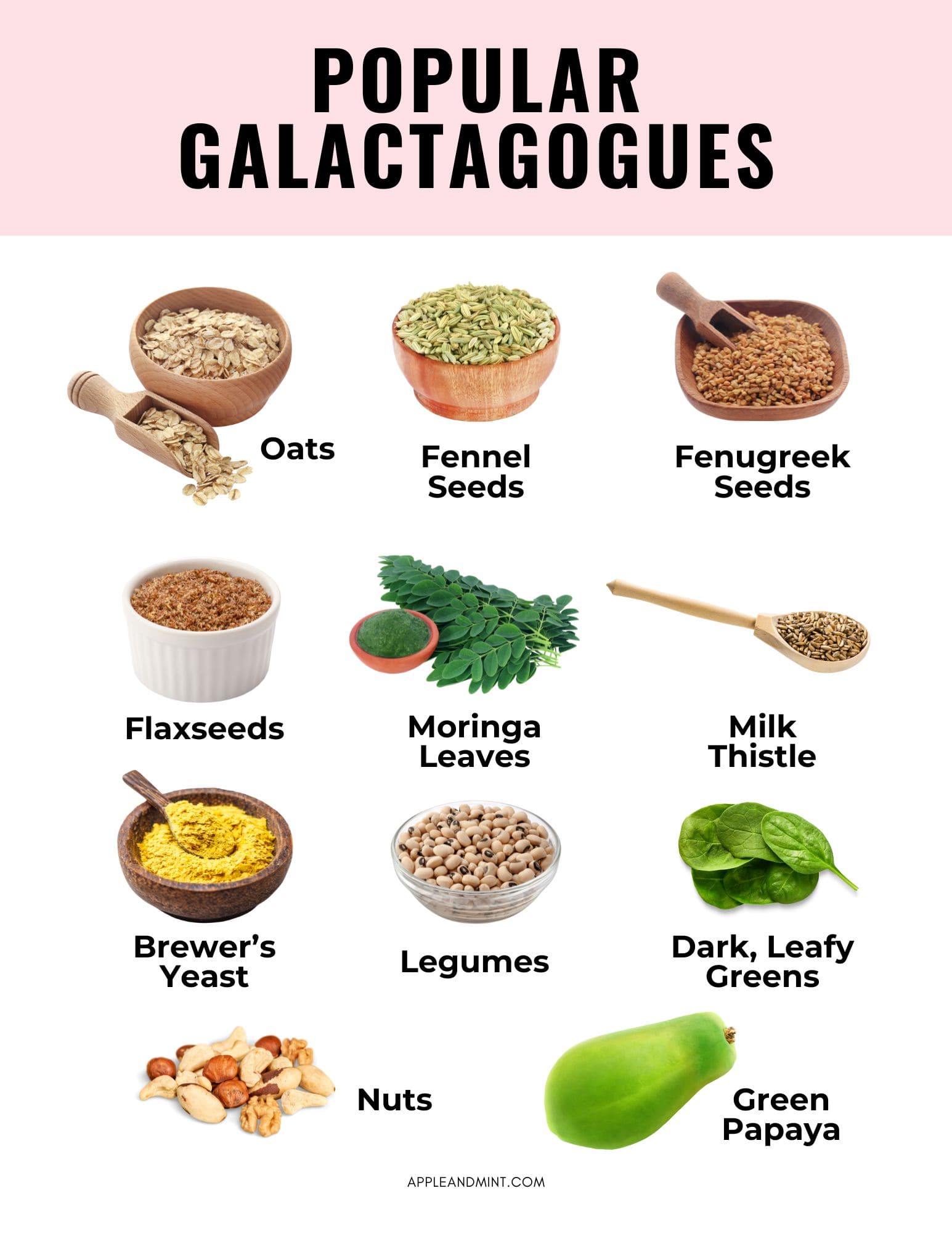
- Oats – A staple in lactation cookies and smoothies, oats are believed to support milk production due to their iron content.
- Flaxseeds – Rich in omega-3s and phytoestrogens, which may help regulate milk-producing hormones.
- Fenugreek – One of the most well-known lactation herbs.
- Fennel – Contains phytoestrogens that may help increase milk supply.
- Brewer’s Yeast – A popular ingredient in lactation recipes, known for its B vitamins and potential milk-boosting effects.
- Moringa – Used in many cultures to support lactation due to its high nutrient content.
- and more…
Does it really work? I love how this article (Do the Pink Drink or Body Armor Really Increase Milk Supply?) dives into real experiences, interviewing moms to see if galactagogues actually made a difference for them. You can read more here.
Personally, I’ve relied on date water for postpartum recovery, and it has been great for keeping me hydrated while breastfeeding! Along with having oatmeal for breakfast daily, my breast milk supply has remained very stable.
You may have very different personal experience.
Learn more: 20 Galactagogue-Rich Snacks for Breastfeeding (with brand pros and cons plus a detailed macro comparison)
30 Healthy Drinks to Increase Breast Milk Supply
Hydration-Based Drinks
Breastfeeding can make you super thirsty, and for a good reason—your body needs extra fluids to keep up with milk production (breastmilk contains about 87-88% water).
Did you know? Experts recommend aiming for 16 cups (128 oz or 4 liters) of fluids per day while breastfeeding—that’s double the average adult’s need of 8 cups (64 oz)!
The best way to know if you’re drinking enough? Check your thirst and urine color.

- Water – The most important drink for milk supply.
- Coconut water – Hydrating and rich in electrolytes.
- Lemon-infused water – Refreshing and provides vitamin C.
- Chia seed water – Helps with hydration due to its high water-retaining properties.
Galactagogue-Rich Teas
Just simmer 1 tsp of these seeds, dried leaves, or grated ginger in a cup of hot water for 10 minutes. You can sip at leisure 2-3 cups a day! Feel free to add a little honey for natural sweetness.

- Fenugreek tea – Contains phytoestrogens that may boost milk supply.
- Fennel tea – Supports digestion and contain phytoestrogens to increase milk production.
- Moringa tea – Packed with nutrients like iron and vitamin C, known for boosting lactation.
- Ginger tea – Helps with circulation and milk let-down.
- Chamomile tea – Aids relaxation, which can improve milk flow.
- Raspberry leaf tea – Supports postpartum recovery and may aid milk production.
- Cumin seed tea – Boosts digestion and enhances milk flow.
- Flaxseed tea – Contains phytoestrogens to support milk production.
Phytoestrogen 101
Phytoestrogens are plant compounds that work like a mild version of estrogen in the body.
No one knows exactly how they work, but they’re thought to support breast tissue growth, boost prolactin (the milk-making hormone), and help your milk flow better.
Milk and Nut-Based Drinks
Milk and nut-based drinks are an important source of protein and healthy fats.
Aside from water, breast milk is made up of protein, carbs, and fats, so getting enough of these nutrients helps support milk production.
- Warm milk with turmeric – Anti-inflammatory and nourishing.
- Heat 1 cup milk (dairy or oat) with ½ tsp turmeric, ¼ tsp cinnamon, ¼ tsp ginger, and a pinch of black pepper. Sweeten with ½ tsp honey and stir in ½ tsp vanilla extract for extra warmth. Serve warm.
- Oat milk smoothie – Oats contain beta-glucan, which promotes prolactin (a milk-making hormone).
- Blend 1 cup oat milk, ¼ cup rolled oats, 1 frozen banana, ½ tbsp flaxseeds, ½ tsp cinnamon, and ½ tbsp almond butter. Add ice and serve chilled.
- Almond milk – Rich in calcium and good fats for breast milk quality.
- Sesame seed milk – High in calcium and essential fats.
- Pumpkin seed milk – Packed with zinc, which supports lactation.
- Homemade nut milk (cashew, walnut, macadamia) – Provides healthy fats and essential nutrients.
- Soak 1 cup of your chosen nuts (cashews, walnuts, or macadamias) in water for 6-8 hours. Drain and blend with 3 cups fresh water, 1 tsp vanilla extract, and a pinch of sea salt. Strain through a nut milk bag. Serve chilled.
Fruity & Veggie-Based Drinks
Fruits and veggies are packed with vitamins, antioxidants, and hydration, all of which help keep your body fueled for breastfeeding.
- Carrot juice – High in beta-carotene, which supports milk production.
- Blend 2 large carrots, ½ orange (peeled), ½ inch ginger, and 1 cup cold water. Strain if desired. Serve chilled.
- Papaya smoothie – Papaya (especially unripe green one) contains enzymes such as papain and chymopapain, which may help stimulate milk production.
- Blend 1 cup diced green papaya, ½ frozen banana, ½ cup Greek yogurt, ½ cup coconut milk, ½ tsp honey, and a squeeze of lime juice. Serve cold.
- Avocado smoothie – Rich in healthy fats and folate.
- Blend ½ ripe avocado, 1 cup almond milk, 1 Medjool date (pitted), ½ tsp vanilla extract, and a handful of ice. Serve chilled.
- Strawberry and banana smoothie – Provides vitamin C, potassium, and fiber.
- Blend 1 frozen banana, ½ cup fresh strawberries, 1 cup oat milk, ½ tbsp flaxseeds, ½ tsp cinnamon, and a drizzle of honey. Serve cold.
- Spinach and apple smoothie – Dark green vegetables are rich in folate, iron and phytoestrogens for milk production.
- Blend 1 cup spinach, 1 sweet apple (cored), ½ frozen banana, ½ cup Greek yogurt, ½ cup water, and a squeeze of lemon juice. Serve fresh.
Specialty Drinks

- Dates and milk shake – Provides natural sugars, iron, and energy for breastfeeding moms.
- Blend 5 Medjool dates (pitted), 1 cup cold milk (dairy or almond), ½ tsp cinnamon, ½ tsp vanilla extract, and a handful of ice. Serve chilled.
- Homemade barley water – Traditionally used for increasing milk supply.
- Simmer ¼ cup barley in 4 cups water for 30 minutes. Strain and add 1 tsp honey, a squeeze of lemon, and a pinch of cinnamon. Serve warm or chilled.
- Hibiscus tea (in moderation) – Rich in vitamin C and hydration.
- Steep 1 tbsp dried hibiscus flowers in 2 cups hot water for 5 minutes. Strain and add ½ tsp honey and a squeeze of orange juice for a refreshing twist. Serve warm or iced.
- Bone broth – High in protein and collagen to support postpartum healing and hydration.
- Simmer 2 lbs bones (chicken or beef) with 8 cups water, 1 onion, 2 garlic cloves, 1 carrot, 1 celery stalk, 1 tbsp apple cider vinegar, and herbs (bay leaf, thyme) for 12-24 hours. Strain and season with salt and pepper. Serve warm.
- Turmeric latte – Anti-inflammatory and warming, good for postpartum recovery.
- Heat 1 cup milk (dairy or oat) with ½ tsp turmeric, ¼ tsp cinnamon, ¼ tsp ginger, and a pinch of black pepper. Sweeten with ½ tsp honey and froth for a creamy texture. Serve warm.
- Lactation smoothie with oats and flaxseeds – Combines multiple milk-boosting ingredients.
- Blend ½ cup oat milk, ¼ cup rolled oats, 1 tbsp flaxseeds, 1 banana, ½ tsp cinnamon, and ½ tbsp peanut butter. Add ice and serve chilled.
- Protein shake with brewer’s yeast – Brewer’s yeast is a well-known galactagogue for its protein, iron and phytoestrogen content.
- Blend 1 scoop vanilla protein powder, 1 tbsp brewer’s yeast, 1 cup almond milk, ½ frozen banana, ½ tbsp cocoa powder, and a drizzle of honey. Serve cold.
Related: 20 Store-Bought Snacks for Breastfeeding (with brand pros and cons plus a detailed macro comparison)
How do I Know Which One Works?
Now, you know the 30 drinks to increase breast milk supply.
I know it can be overwhelming to choose from so many options, but don’t worry. You don’t need to try them all at once.
Start by focusing on one or two drinks that sound appealing or fit best into your daily routine.
Here’s how you can ease into choosing the right one step by step:
- Track Your Baseline Milk Supply
- Before testing the drink, nurse or pump as usual in the morning and note the milk amount.
- Observe breast fullness, letdown reflex, and how satisfied your baby seems after feeds.
- Consume the Drink Regularly
- Pick one drink and consume it 2-3 times throughout the day (morning, afternoon, evening).
- Avoid adding multiple new foods or drinks at once.
- Observe Changes in Milk Supply
- Within 24 hours, note these signs:
- Increased fullness in breasts
- More frequent letdowns
- Increased milk output while pumping
- Baby seems fuller and more satisfied
- If you normally pump 3 oz per session but after the drink you get 3.5-4 oz, the drink likely helped.
- If your baby typically feeds every 2 hours but suddenly goes 3-4 hours between feeds, it may indicate better milk flow.
- Within 24 hours, note these signs:
- Use a Breastfeeding App or Journal
- Log what you drink, how much, and any noticeable milk supply changes.
- Compare patterns over a week to see trends.
- If you or your baby experience bloating, gassiness, or fussiness, the drink may not suit you.
- If no change occurs, it may not be effective for you—try another drink the next day.
Examples of 3-day testing schedule:
- Day 1: Oatmeal Smoothie
- Day 2: Fenugreek & Fennel Tea
- Day 3: Coconut Water + Chia Seeds
Drinks to Limit
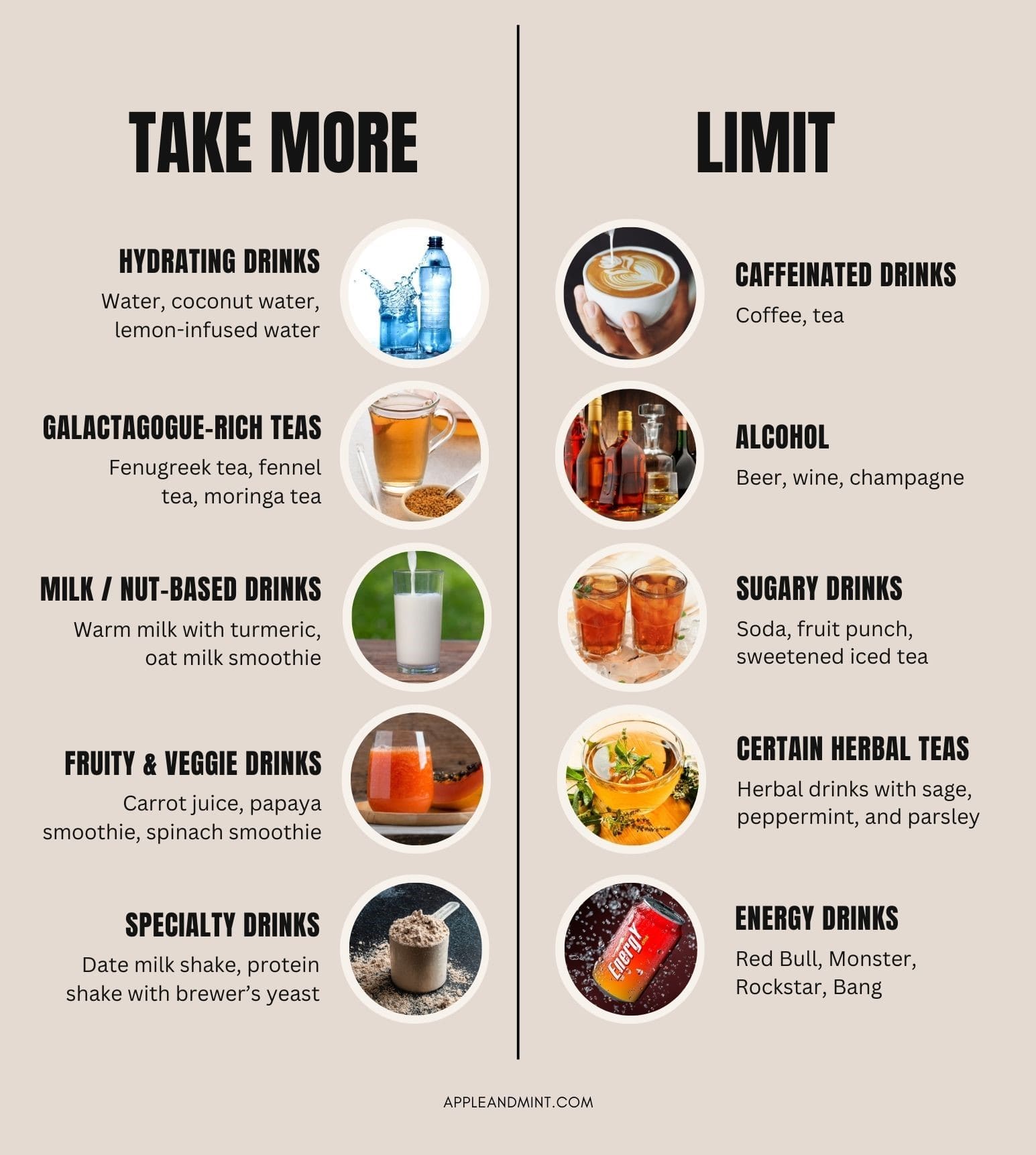
- Caffeinated Drinks
- Good news—a little caffeine is totally fine! According to ACOG, drinking up to 200 mg a day (about 2 cups of coffee or 4 cups of tea) likely won’t affect your baby.
- That said, newborns and preterm infants are extra sensitive to caffeine, so you might want to cut back in those early days.
- If you are a 5-cups-daily kind of person, you can consider decaffeinated version too!
- Alcohol
- Go for it—but time it right. If you have one drink, just wait at least 2 hours before nursing.
- No need to pump and dump—alcohol leaves your milk just like it leaves your bloodstream.
- Drinking more than two drinks daily on a regular basis, though, isn’t great for your baby and can lead to drowsiness, weakness, and even weight gain.
- Sugary Drinks
- Sodas, super-sweet juices, and sugary iced coffees might give you a quick energy boost, but the crash afterward is real.
- Plus, they don’t do much for hydration or nutrition.
- Try to keep them in moderation and opt for more water-based drinks instead.
- Certain Herbal Teas
- Sage, peppermint, and parsley have been linked to lower milk supply, and some herbs can interact with medications.
- If you’re unsure, it’s always a good idea to double-check with your lactation counselor or doctor before trying something new.
- Energy Drinks
- These are usually loaded with tons of caffeine, sugar, and other stimulants that could make you jittery and your baby fussy.
- Plus, they can mess with both of your sleep schedules.
Frequently-Asked Questions
What drinks increase breast milk production quickly?
There’s no magic drink that guarantees an instant boost, but some moms find that hydration and galactagogue-rich drinks help. Try fenugreek tea, moringa tea, oat milk smoothies, or coconut water. Most importantly, keep nursing or pumping frequently!
Do soft breasts mean no milk?
Nope! Soft breasts don’t mean empty breasts. In the early weeks, your breasts may feel fuller as your supply regulates, but as time goes on, they may feel softer while still producing plenty of milk. The best way to know if your baby is getting enough is by checking diaper output and weight gain.
How can I increase my breast milk urgently?
See a lactation counselor first! They can help figure out the cause and best solution. In the meantime, pump or nurse every 2-3 hours, fully empty your breasts, stay hydrated, and try skin-to-skin contact.
When is it too late to increase milk supply?
It’s rarely ever “too late,” but it does get harder over time if milk removal has been low. A lactation consultant can help assess your situation and options.
Conclusion
Boosting milk supply isn’t an overnight fix, and while these drinks aren’t a guaranteed solution, there’s no harm in trying them out!
Many moms find them helpful, especially when paired with regular nursing or pumping.
But if you need results fast, reach out to a lactation counselor—they can help pinpoint what’s really going on.
In the meantime, stay hydrated, take care of yourself, and keep going.
Some days are tough, but so are you. You’re doing amazing, mama!




